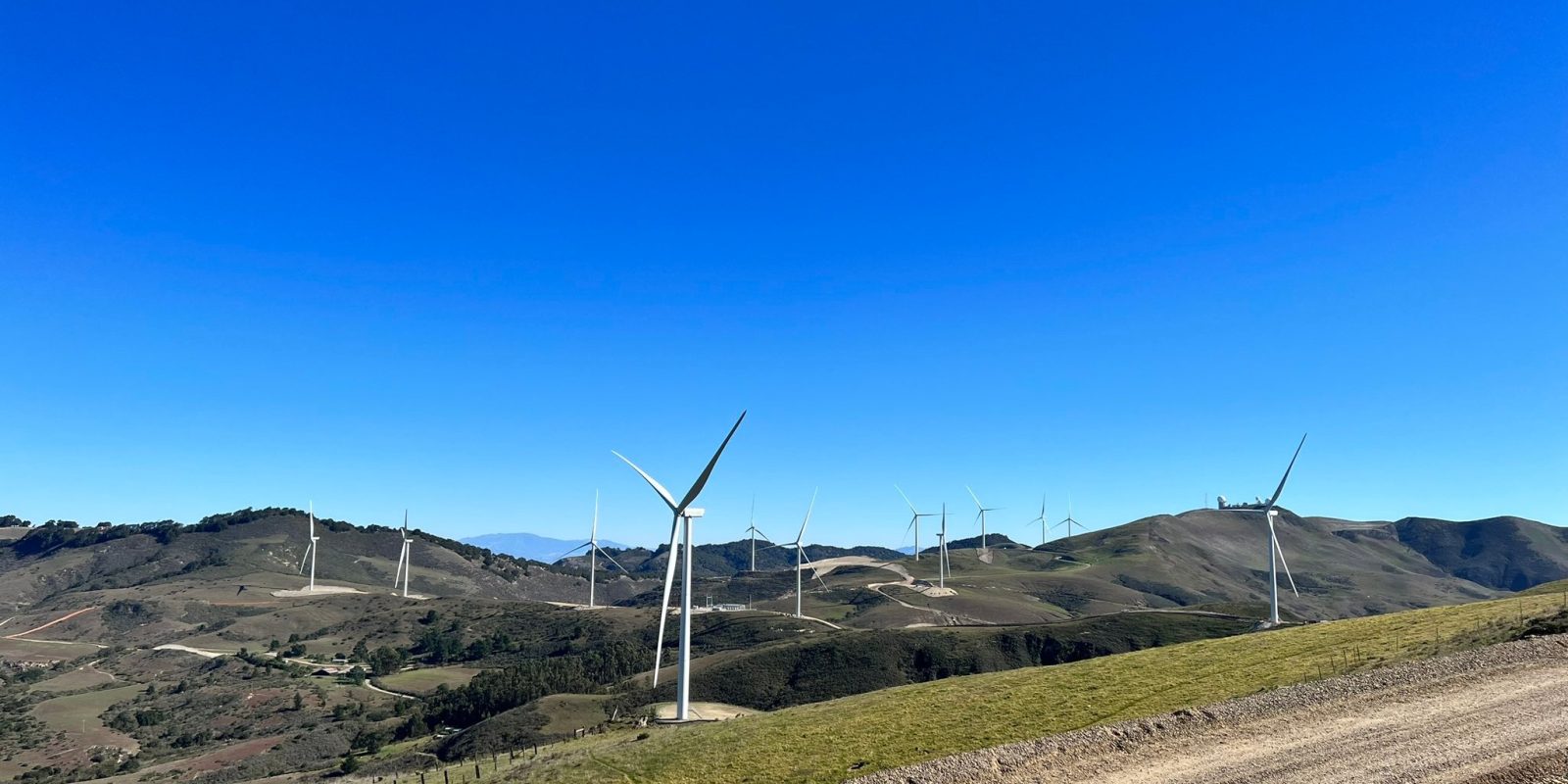
In a major milestone, July 28 marked the 100th day of a 144-day stretch in which California supplied 100% of its electricity demand with renewables.
The 100 days of continuity means not that renewables are powering the grid for the entire day, but that it’s happening consistently on a daily basis – and that’s unprecedented.
Since March, historic output from solar, wind, hydro, and battery storage has fulfilled all of California’s electricity demand nearly every day, for time periods ranging from five minutes to several hours.
Mark Z. Jacobson, Stanford University professor of civil and environmental engineering and director of Stanford’s Atmosphere/Energy program, has been tracking California’s renewables performance, and he shares his findings on Twitter (X) when the state breaks records. Yesterday, he posted:
Jacobson explained to Electrek in an email how California achieved its renewables milestone:
California’s milestone of 100 days powered, for an average of several hours each day, by over 100% wind-water-solar (WWS) (onshore wind, utility-scale solar, geothermal, and small and large hydroelectricity) from March through July 2024 is unprecedented.
It’s driven by a 30% growth in utility-scale solar and an 8% growth in utility-scale wind power output in just one year.
It’s also driven by the growth in rooftop solar PV, which helped to decrease demand on California’s grid because rooftop PV is used first to supply electricity in buildings, avoiding the need for grid electricity. In addition, battery storage capacity more than doubled during the year (to nearly 8 GW/32 GWh), allowing much of the excess wind and solar on 100%+ days to be stored and used at night. All of these factors reduced the use of fossil gas on the grid by close to 40% during the period.
These statistics indicate that the day when California will be powered both day and night with 100% WWS is near. What’s needed is more rooftop and utility PV, more batteries, offshore wind, to move more hydroelectricity generation to night, and to use more demand response.
Demand response is giving people incentives to shift the time of their electricity use to a time when grid demand is low (and WWS supply is high).
Top comment by CMG30
It's absolutely achievable. There's also no requirement that we cannot have a few natural gas plants sitting idle for emergency use either. In order to solve climate change, we don't need to never, ever burn natural gas, we just need to limit the burning to a tiny fraction of the total electrical output.
If we can get the grid to 99.9% renewables, it's 'Job Done'. Having a few plants sitting in mothballs just for those few hours out of the year when absolutely everything goes wrong is probably cheaper than overbuilding renewables to the point that every contingency is covered. As long as the run time of those plants is measured in minutes per year, not days/weeks/months the big picture climate impact is zero. It also undercuts that silly argument of "Well what do you do when the sun doesn't shine and the wind doesn't blow and your batteries are dead..." because you can simply reply that for those few moments out of the year, we'll just burn gas.
Johanna Neumann, senior director of the Campaign for 100% Renewable Energy at Environment America, said, “California proves that clean energy technologies can work on a massive scale.”
Environment California pointed out that recent heat waves in the state meant natural gas was needed every minute of the day for more than two weeks, so California will need a lot more solar and wind power to reach its 100% clean electricity by 2045 goal. The good news is, we know that it’s achievable.
If you’re considering going solar, it’s always a good idea to get quotes from a few installers. To make sure you find a trusted, reliable solar installer near you that offers competitive pricing, check out EnergySage, a free service that makes it easy for you to go solar. It has hundreds of pre-vetted solar installers competing for your business, ensuring you get high-quality solutions and save 20-30% compared to going it alone. Plus, it’s free to use, and you won’t get sales calls until you select an installer and share your phone number with them.
Your personalized solar quotes are easy to compare online and you’ll get access to unbiased Energy Advisors to help you every step of the way. Get started here. –trusted affiliate link
FTC: We use income earning auto affiliate links. More.





Comments